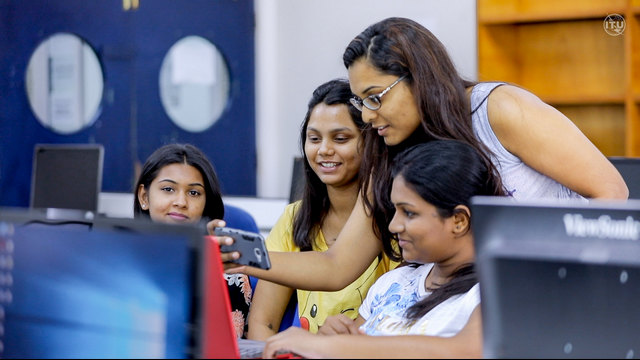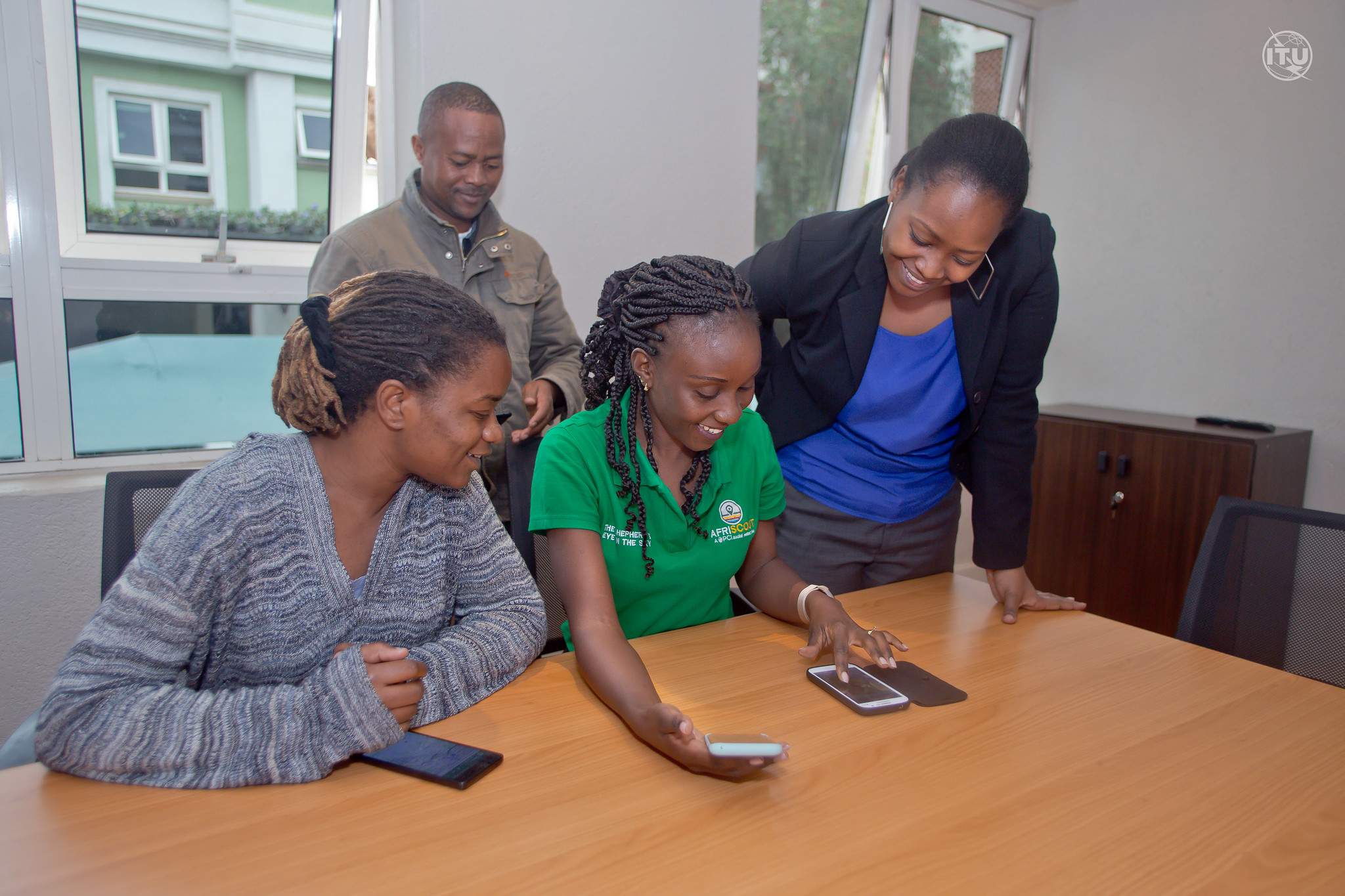
Webinar on Connect2Recover - Identifying Country-Level Connectivity Gaps and Building Resilience to Future Pandemics
15 March 2021 (12:00 – 14:00 hrs Geneva time)
REGISTER HERE
The ITU is pleased to invite you to join a webinar on "Connect2Recover: Identifying country-level connectivity gaps and building resilience to future pandemics"
At the end of 2019, just over half the global population (51%) were using the internet. However, for the 47 UN-designated least developed countries, only 19 % of the population are internet Users. Lack of access during the COVID-19 Pandemic has had the worst impact on communities that are poorly connected, lack affordable access, or lack digital skills. This has affected all aspects of life including education, healthcare, business, and access to government services.
The education sector has borne the brunt of the pandemic and has seen largest mass disruption of the modern education system in history. Unicef estimates that 2.2 billion children and young people aged 25 years or less – two-thirds of children and young people worldwide - are still unconnected and deprived of digital technologies and services that have proven essential to education during the pandemic. While the COVID-19 Pandemic has highlighted the importance of fixed internet connectivity at home, 63 percent of youths aged 15 to 24 lack internet access at home and many of these unconnected youths live in East Asia and the Pacific, West and Central Africa and Eastern and Southern Africa. Another emerging issue is lack of connectivity and digital skills among older people asked to make vaccine and other appointments online.
The Connect2Recover Initiative is developing a global methodology for identifying gaps and bottlenecks at a country level for the utilization of broadband networks (and, where appropriate narrowband networks) and digital technologies to respond to and mitigate the consequences of the COVID-19 pandemic (including the recovery following the pandemic, readiness for the ‘new normal’ as well as preparedness for any future pandemics).
The objectives of the study are as follows:
- Identify and combine existing and new broadband/narrowband and digital technology data collection sources that target
-
Coverage or access/availability (geographic/population)
- Adoption and usage rates
- Specific locations such as schools, healthcare, government facilities with low access/adoption/usage rates
- Specific groups such as women and girls/persons with disabilities with low access/adoption/usage rates
- Assess the resilience of operator networks during the pandemic and steps to increase resilience by member states
- Identify digital technologies (connectivity, devices, applications, services) to mitigate the consequences of future pandemics
- Describe a mechanism to stress test operator networks under manmade and natural hazards such as pandemics
- Identify policies and regulations (spectrum, funding, licensing, facility access) that member states can adopt to be better prepared for future pandemics
- Identify efforts and options to increase adoption of broadband and network resilience by member states

This webinar will provide a platform for member countries to hear more about the global Connect2Recover Initiative that aims to reinforce the digital infrastructure and ecosystems of beneficiary countries.The webinar will provide an opportunity for countries to learn about the data collection efforts to assess the current access situation as well as potential strategies to increase the resilience of member countries to future pandemics. The webinar will be an interactive discussion by the presenters and participants and encourages the participants to provide inputs and ideas that can be included in the study.
